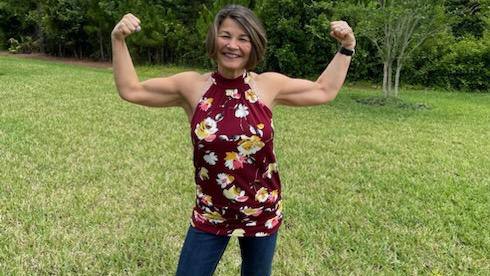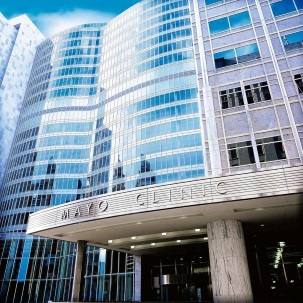Cardiology Patient Stories

July 30, 2023
Editors note: This is a first-person account written by Kim Sidlak I was 46 years old when I had a massive heart attack. It was[...]

April 26, 2012

March 13, 2012

March 5, 2012

February 22, 2012

December 5, 2011

November 15, 2011

November 7, 2011

November 1, 2011

September 20, 2011

September 1, 2011
Explore more topics
 Sign up
Sign up

Mayo Clinic Connect
An online patient support community
